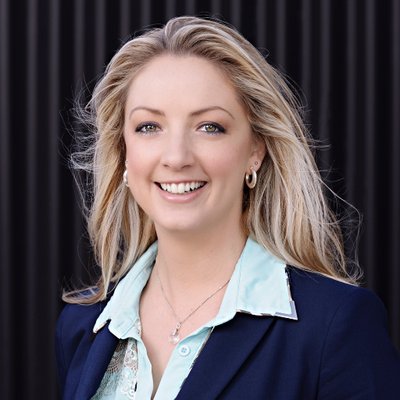“Our research and evaluation flexibility is probably our greatest strength”
Find an article every month by Dr Anna Gerke, Associate Professor at Audencia Business School and Member of the Board of our Think tank. On a professional trip to Australia, she makes us discover how the sport is understood on the island continent.

Interview with Kiera Staley from the (research) Centre for Sport and Social Impact at La Trobe University – how sport and research can do good (first part).
You work as a Research Fellow / Evaluation Project Manager at the Centre for Sport and Social Impact (CSSI). Can you tell us more about the research centre?
KS: The research centre was set up back in 2010, initially focusing on the social impact of sport. Over the years the type of research has broadened to include physical activity, marketing, product development and implementation, sociology, organisational and individual behaviour research. The Centre for Sport and Social Impact (CSSI) works with the industry (corporate, public and non-profit) and the government for both research and evaluation purposes. All the projects operating in the research centre are contract research, meaning that there has been external funding brought into the University. Over the years the projects have grown both in size and in the amount of funding brought into the research centre. Initially we had general projects with linear methods of evaluation, maybe up to 12 months. Now however we also have large scale complex projects involving multiple organisations, with stakeholders operating at all levels of sport delivery. We undertake research on the social return of investment of an individual sport and/or projects; large marketing campaign types of research like the “This Girl Can” campaign Victoria, similar to the UK version. We have projects looking into how to make sport environments more welcoming for women and girls; how to increase access to drinking water; make sport canteens healthy; evaluate and address the physical inactivity problem; gambling; violence; injury prevention; and that’s just a few of what is currently under evaluation.
Is the centre organised under a special structure?
KS: The centre is evolving and its structure changes as our number of projects diversifies and grows. We always said that we would take on a project to help a research partner identify what works, for whom, and under what conditions. We are very lucky in the way the centre is set up because we have core staff whose wages are paid by the projects, but we are also able to draw on academics from the entire university. We have people from psychology, from marketing, human resources, management, analytics, public health, rehabilitation, nutrition, sports science, innovation, media and politics. Therefore, membership of the centre and what we can do depends very much on what the client’s needs are. Our research and evaluation flexibility, coupled with our ability to adjust methods to meet partner’s needs, is probably our greatest strength.
So, in terms of staff, you have a group of management staff. How do you then draw on the academics?
KS: We have five full-time research fellows in the centre and a Centre Manager whose wages are paid from the research income generated by the projects. We all have a range of methodological backgrounds in which we can incorporate bespoke research methods. We do a lot of the project and stakeholder management, ensure research integrity, and coordinate the traditional academic staff part of a project. Our traditional academic (teaching and research staff) membership has various forms of engagement depending on the types of projects. These academics are paid through the university positions (e.g. lecturer) but their research outputs are often associated with the projects that are generated through the research centre. We may ask an academic to be part of a project because of their expertise (e.g. knowledge and application of behaviour change) or an academic may come to us with a project they would like assistance with to deliver.
How are the academics involved in projects?
KS: A traditional (teaching/research position) academic would generally be involved in the method development, assist with the analysis, lead the academic output and/or contribute to the industry report. They may be part of the whole project or inform components/modules of the research, but they cannot have complete oversight. So, sometimes a research project may have one objective or output, but other times it might have 20 objectives or outputs. Their involvement is decided at the beginning of a new project or contract.
Have you ever had any conflicts between the outcome perspectives and priorities of academia and practitioners?
KS: (Kiera laughs). Of course, in the end all the work that we bring in is for the industry and government, so meeting our partners’ goals and objectives must be our primary focus- not the ideal gold standard, academic approach. Often our research and evaluation work is ‘in commercial confidence’, meaning results and outcomes are reported back to the partner, and a discussion is had as to what information will be publicly released. At the same time, there are more traditional research projects of which we can produce an academic output like a journal article. It just depends on the project. Sometimes an academic output is not relevant or cannot form part of a project.










 MEMBERSHIP
MEMBERSHIP CONTACT
CONTACT FACEBOOK
FACEBOOK